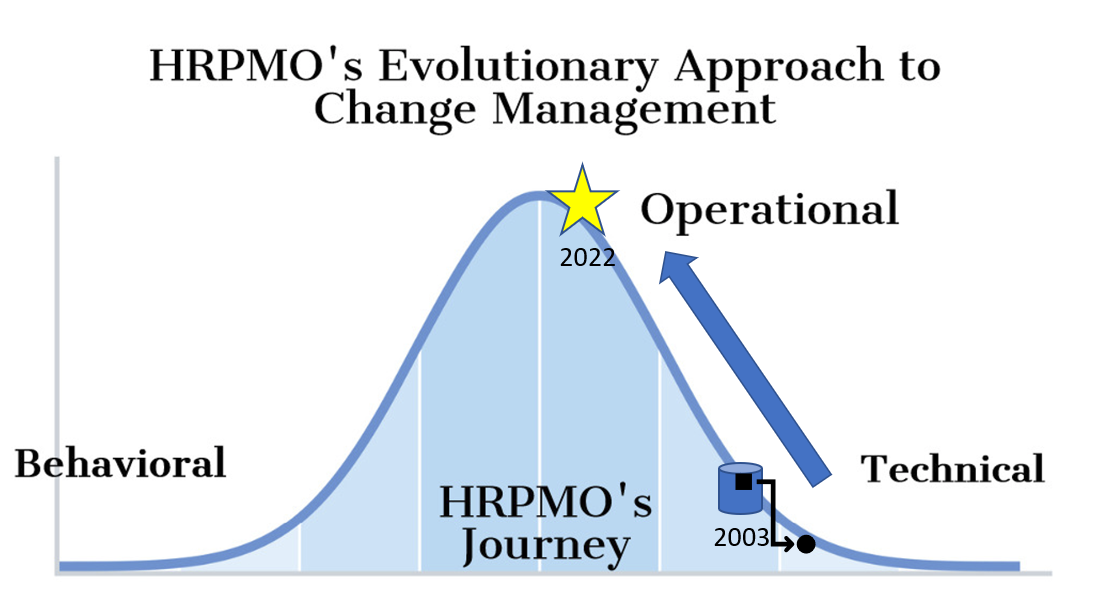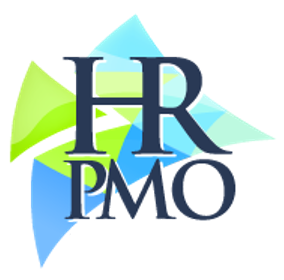About HRPMO’s Mission
– Mission Driven to Improve Human Resources Performance Through Managing for Results and Human Capital Risk Management
– 20+ Years Experience with HR Transformation Initiatives
– Analytical. Data Driven. Standardized Methodology. Strategic.

A Note from Kristie White, Founder of HRPMO and HRPMO University
I began using project management tools as an internal HR Practitioner because I was involved in projects all the time. But I didn’t realize until years later, that those rudimentary Excel project plans were actually part of a formal approach to strategic planning and project management. It wasn’t until I began consulting that I learned about the wealth of tools and methods that could be applied to Human Resources – tools that had been used by Finance and Information Technology professionals for years.
Human Resources represents 30-35% of every organization’s fixed expenses and projects abound in this profession. But today, there are still many HR professionals that don’t consider themselves project managers or analysts or cost managers. In order for the Human Resources profession to step out of being solely responsible for compliance and policy, we need to embrace the skills of management. To be strategic, we need to develop the ability to translate qualitative AND quantitative data into real measurable results.
My experience has made me uniquely qualified to champion this endeavor. I started as a practitioner, became involved in technology projects, then moved to being a contractor for ERP technology implementations representing Human Resources but working repeatedly with Finance and IT. I was already keenly interested in economics when I became a business owner and began to develop my business acumen. Through working directly with clients and experts in Finance and IT, this path has given me 20+ years of direct experience applying financial and technical analysis to HR initiatives.
The more I learned, the more fascinated I became with the application of these methodologies to the Human Resources function. How many times, I thought, did I struggle with homemade project plans on Excel files, too many risks, making mistakes in execution, my inability to solve a problem using business analysis. All along, these tools could have been available to help me perform at a higher level. I founded HRPMO Inc. and then, HRPMO University, because I recognized the opportunity for Human Resources to upskill to a more strategic level by integrating standardized methodologies, business analysis, cost management and program management into HR Operations and Strategic Planning.
The value of HRPMO’s approach to a project, and the training that we offer on our approach, is that I have made this journey personally – from HR Practitioner to HR business analyst to strategic planner. The use of analytical methods and tools is growing, but slowly because there is little formal education that is tailored to the Human Resources profession. The goal of HRPMO University is to build a curriculum of training in strategy and analysis that is specifically tailored to the profession that most directly impacts workforce performance.
Working with HRPMO – or upskilling through our training – is designed to offer the opportunity to educate and upskill yourself, your HR team, or your organization in translating the human value of your workforce into organizational performance. We can help HR draw a direct line between HR Strategy and the organization. The business impact of our training for Human Resources pays dividends for years to come.

HRPMO has evolved from technology to business process to operations. Through our journey, we have learned these rules of thumb about transformation and change:
- Embarking on an organizational change or transformation journey is about improving performance.
- Without stakeholder buy-in, performance results cannot be created.
- Without measuring results, performance cannot be proven.
- Without proving performance results, the journey has no value.
- Successful transformation leadership needs tools to accomplish Rules 1-4.
